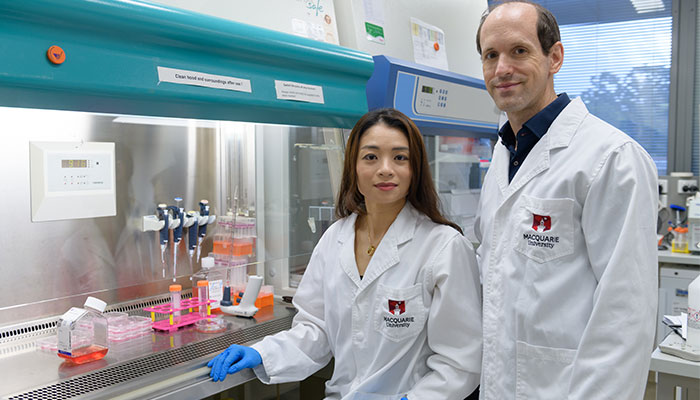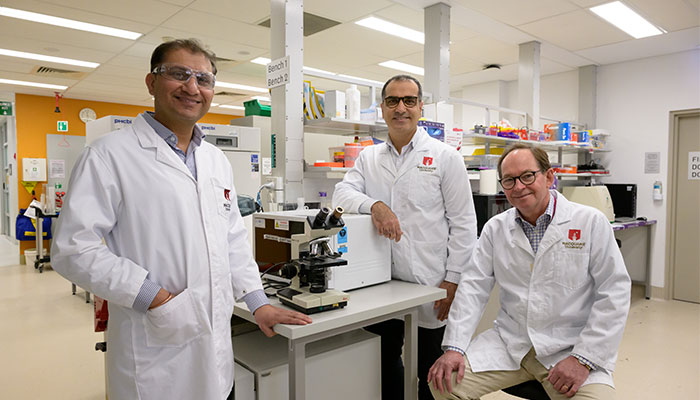You could be forgiven for never having heard of lysosome-associated membrane protein 5. LAMP5 is found in the brain, but until recently very little was known about its function.
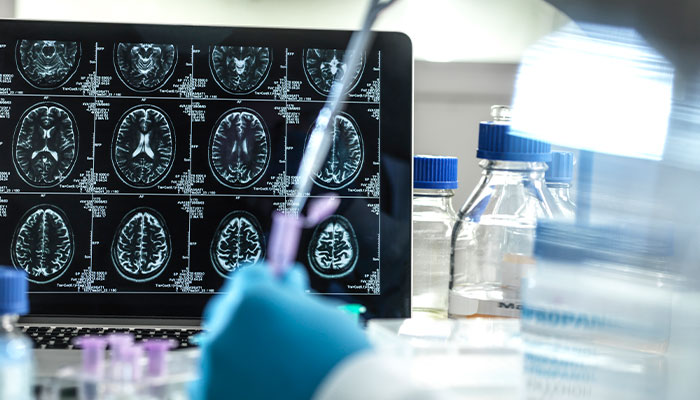
Director of the Macquarie University Centre for Dementia Research, Professor Lars Ittner, and his team were investigating the causes of hyperexcitation in the brain when they realised it could have an important role to play.
Hyperexcitation involves the neurons – the brain’s messenger cells – firing continuously instead of just when stimulated, and has been connected to the development of Alzheimer’s symptoms such as neural network dysfunction and cognitive impairment.
In extreme cases, hyperexcitation can result in seizures. But while seizures can be common in the early stages of Alzheimer’s, as the disease progresses, the brain tends to subside into ‘silent seizures’, a constant state of activity not accompanied by convulsions.
We found LAMP5+ interneurons were dying in both forms of dementia.
“Previous research has linked LAMP5 to cancer, but in general, its role has not been well understood,” Ittner says.
“The one thing it was known for was labelling a very specific population of LAMP5+ interneurons.”
Interneurons are the regulators between the neurons. Some types of interneurons inhibit executive neurons to control their activity, and the loss of this inhibitor means the executive neurons fire all the time, eventually wearing them out. Without interneurons, the executive neurons can no longer function properly and the brain’s messaging system begins to break down.
- Light up your nightlife: Astronomy events still to come in 2022
- North Coast emus in dire need of a saviour
LAMP5+ interneurons are found in the hippocampus and frontal cortex, both areas that are severely affected by dementia.
And it appears that although few in number, they are extremely important to overall brain function.
Ittner’s team found that when the cells that produce LAMP5 stop working, hyperexcitation in the brain becomes worse, and dementia symptoms including confusion and neuronal network dysfunction and cognitive impairment take hold.
Implications for other forms of dementia
The study results are published in a new paper in leading neurology journal Acta Neuropathologica, and form a key part of lead author Yuanyuan Deng’s PhD thesis.
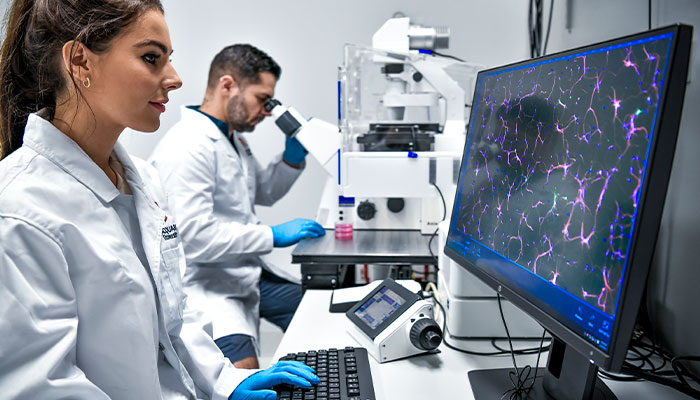
Cutting-edge: The Dementia Research Centre at Macquarie University focuses on translating scientific findings into real-world treatment for patients.
The findings are not only applicable to Alzheimer’s disease. They also relate to frontotemporal dementia, a rapid form of the disease also known as early-onset dementia, which appears at a much younger age and has strong genetic links. Both types are characterised by the build-up of proteins in the brain cells.
People with Alzheimer’s disease show two types of protein – amyloid beta plaques and tau pathology – though patients with early-onset dementia display only the tau pathology.
“We found LAMP5+ interneurons were dying in both forms of dementia,” Ittner says.
It’s early days yet, but this could prove to be a gateway to new directions in dementia research.
“This inspired us to look more closely at the processes leading to the loss of inhibition, and we found the LAMP5-producing cells had also been lost in both types of dementia.
“The next step is to identify the underlying reasons behind why these cells stop functioning.
“There are many different sub-types of interneurons, so we want to look at all of them and understand how they orchestrate the control of neuronal excitation and how this control fails.
- The science of letting go, for the sake of your hip pocket and the planet
- Single sex v co-ed: which is better for kids' education?
“It’s early days yet, but this could prove to be a gateway to new directions in dementia research.
“If we can understand this, we may be able to use it develop new ways of treating dementia.”
The Dementia Research Centre focuses on translating scientific findings into real-world treatment for patients, and is involved in a number of cutting-edge projects bringing together national and international teams of scientists.
Work is under way to develop gene therapies for both MND and Alzheimer’s disease based on DRC research, including a therapy that targets tau proteins and could offer hope that even people in the late stages of Alzheimer’s could regain some function.
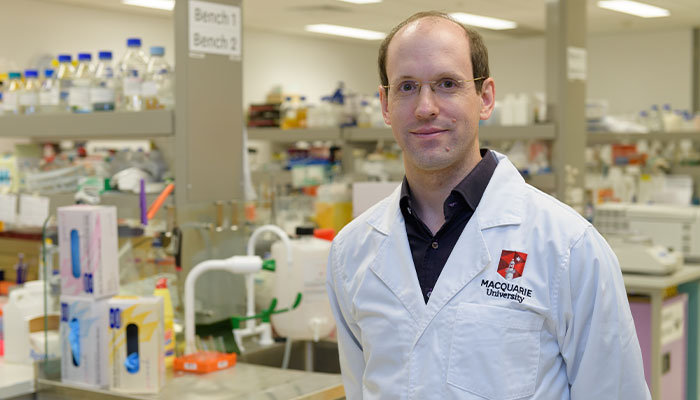
Professor Lars Ittner (pictured) is the Director of the Dementia Research Centre at Macquarie University and a Professor at Macquarie Medical School.
Yuanyuan Deng is a Research Fellow in the Dementia Research Centre at Macquarie Medical School.
Note: Your gift will not be diminished by administrative costs - 100% of your donation goes towards your chosen cause.

